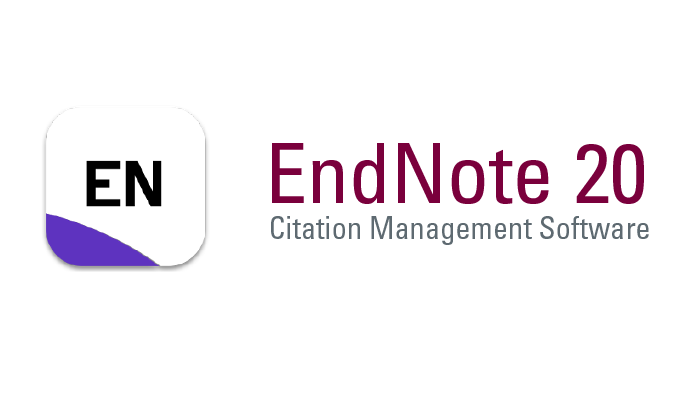MAKNA BUDAYA DALAM LIRIK LAGU RANUP KARYA RAFLI KANDE: KAJIAN ETNOLINGUISTIK
DOI:
https://doi.org/10.47887/amd.v1i1.7Keywords:
Cultural Meanings, Lingual, Song Lyrics, EthnolinguisticsAbstract
This research is an ethnolinguistic study that discusses how the lingual form and cultural meaning in the lyrics of the song 'Ranup' by Rafli Kande, an Acehnese artist. The research objectives are detailed, among others; 1) to describe the lingual forms in Ranup's song lyrics, 2) to interpret the cultural meaning in Ranup's song lyrics. This study uses a qualitative approach with descriptive type methods. The data collection method is done by using documentation. The data analysis method used in this research is the intralingual matching method and the estralingual matching method. The data analysis technique in this research is done by; 1) identifying data, 2) classifying data, 3) interpreting data. Presentation of the analysis results in this study using informal methods and formal methods. The results of this study are as follows: (1) the lingual form in the Ranup song lyrics is in the form of words, phrases, clauses, sentences, and discourses. (2) the cultural meaning contained in the lyrics of the Ranup song is the cultural meaning of respect, the meaning of sacred culture, the cultural meaning of conveying kindness, the cultural meaning of guidance, the cultural meaning of togetherness.
References
Akbar, M., Maryani, A., & Si, M. (n.d.). Pesan Dalam Tari Ranup Lampuan.
Cohen, A. B., & Varnum, M. E. W. (2016). Beyond East vs. West: Social class, region, and religion as forms of culture. Current Opinion in Psychology, 8, 5–9.
Fuadhiyah, U. (2011). Simbol dan Makna Kebangsaan dalam Lirik Lagu-Lagu Dolanan di Jawa Tengah dan Implementasinya dalam Dunia Pendidikan. Lingua, 7(1).
Gelfand, M. J., & Jackson, J. C. (2016). From one mind to many: the emerging science of cultural norms. Current Opinion in Psychology, 8, 175–181.
Jiang, W. (2000). The relationship between culture and language. ELT Journal, 54(4), 328–334.
Lestari, I. W. (2013). Nilai-Nilai Kultural Dalam Lirik Lagu ″Banyuwangen ″: Kajian Tradisi Lisan.
Mahsun, 2014. Metode Penelitian Bahasa, Tahapan Strategi, Metode, dan Tehniknya. Jakarta: Raja Grafindo Persada.
Milfont, T. L., & Schultz, P. W. (2016). Culture and the natural environment. Current Opinion in Psychology, 8, 194–199.
Moya, C., & Henrich, J. (2016). Culture–gene coevolutionary psychology: cultural learning, language, and ethnic psychology. Current Opinion in Psychology, 8, 112–118.
Pakpahan, E. N. (2016). Bentuk Penyajian Tari Ranup Lampuan (Studi Komparatif dan Makna Filosofis Antara Sanggar Lempia dan Sanggar Nurul Alam. UIN Ar-Raniry Banda Aceh.
Patrick Munyensanga, M. (2017). OUR IDENTIFICATION THROUGH COMMON CULTURE AS SINGLE LANGUAGE UNIFIES US.
Pudentia, M. (2008). Metodologi kajian tradisi lisan (Vol. 20). Asosiasi Tradisi Lisan.
Purwantoro, dkk. 2012. Pedoman Umum Ejaan Bahasa Indonesia yang di Sempurnakan. Surabaya. Bintang Surabaya
Riezal, C., Joebagio, H., & Susanto, S. (2018). Dance Ranup Lampuan: Exploration Genius Aceh Movement and Expression Female Body Beauty Values in Culture Peumulia Jamee. International Journal of Multicultural and Multireligious Understanding, 5(5), 146–155.
Safitri, M., Supadmi, T., & Fitri, A. (2017). Bentuk Penyajian Tari Pelebat di Sanggar Lac Suku Alas Kabupaten Aceh Tenggara. Jurnal Ilmiah Mahasiswa Pendidikan Seni, Drama, Tari & Musik, 2(2).
Soekanto, Soejono. 2012. Sosiologi Suatu Pengantar. Jakarta: Raja Grafindo Persada.
Steels, L. (2011). Modeling the cultural evolution of language. Physics of Life Reviews, 8(4), 339–356.
Takari, M. (2010). SENI BUDAYA DAN KARAKTER BANGSA. Etnomusikologi, 10.
Zuriana, C. (2011). PENGARUH SYAIR TARI TRADISIONAL DALAM TATANAN KEHIDUPAN MASYARAKAT ACEH. Ceudah: Jurnal Ilmiah Sastra, 1(1), 33–41.
Yendra. 2016. Mengenal Ilmu Bahasa (Linguistik). Yogyakarta : Deepublish.
Downloads
Published
How to Cite
Issue
Section
License
Copyright (c) 2021 Ninin Herlina

This work is licensed under a Creative Commons Attribution-ShareAlike 4.0 International License.
Authors retain copyright and grant the journal right of first publication and this work is licensed under a Creative Commons Attribution-ShareAlike 4.0 that allows others to share the work with an acknowledgement of the works authorship and initial publication in this journal.
All articles in this journal may be disseminated by listing valid sources and the title of the article should not be omitted. The content of the article is liable to the author.
Authors are able to enter into separate, additional contractual arrangements for the non-exclusive distribution of the journal's published version of the work (e.g., post it to an institutional repository or publish it in a book), with an acknowledgment of its initial publication in this journal.
Authors are permitted and encouraged to post their work online (e.g., in institutional repositories or on their website) prior to and during the submission process, as it can lead to productive exchanges, as well as earlier and greater citation of published work.
In the dissemination of articles by the author must declare the Al-Madaris Jurnal Pendidikan dan Studi Keislaman as the first party to publish the article.














